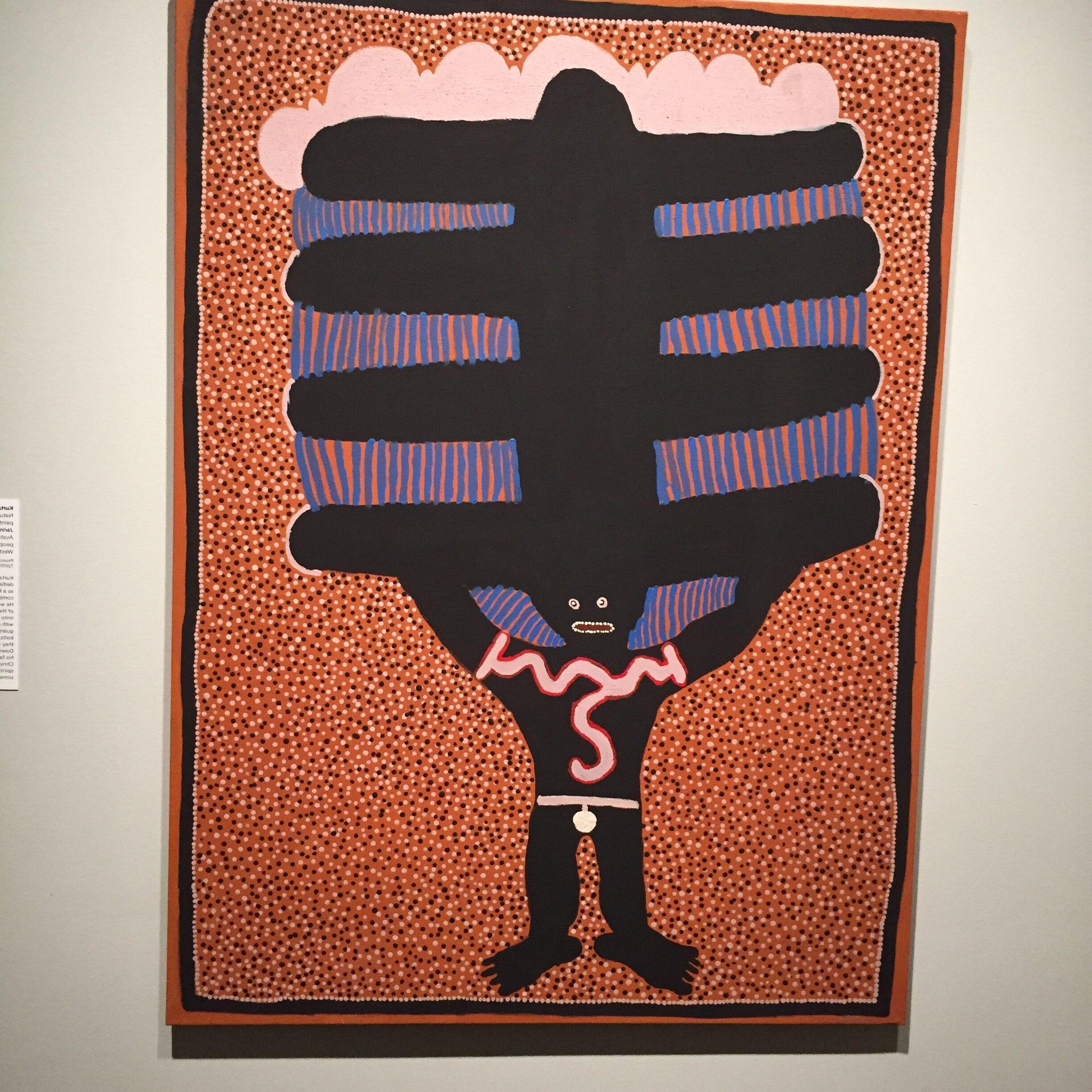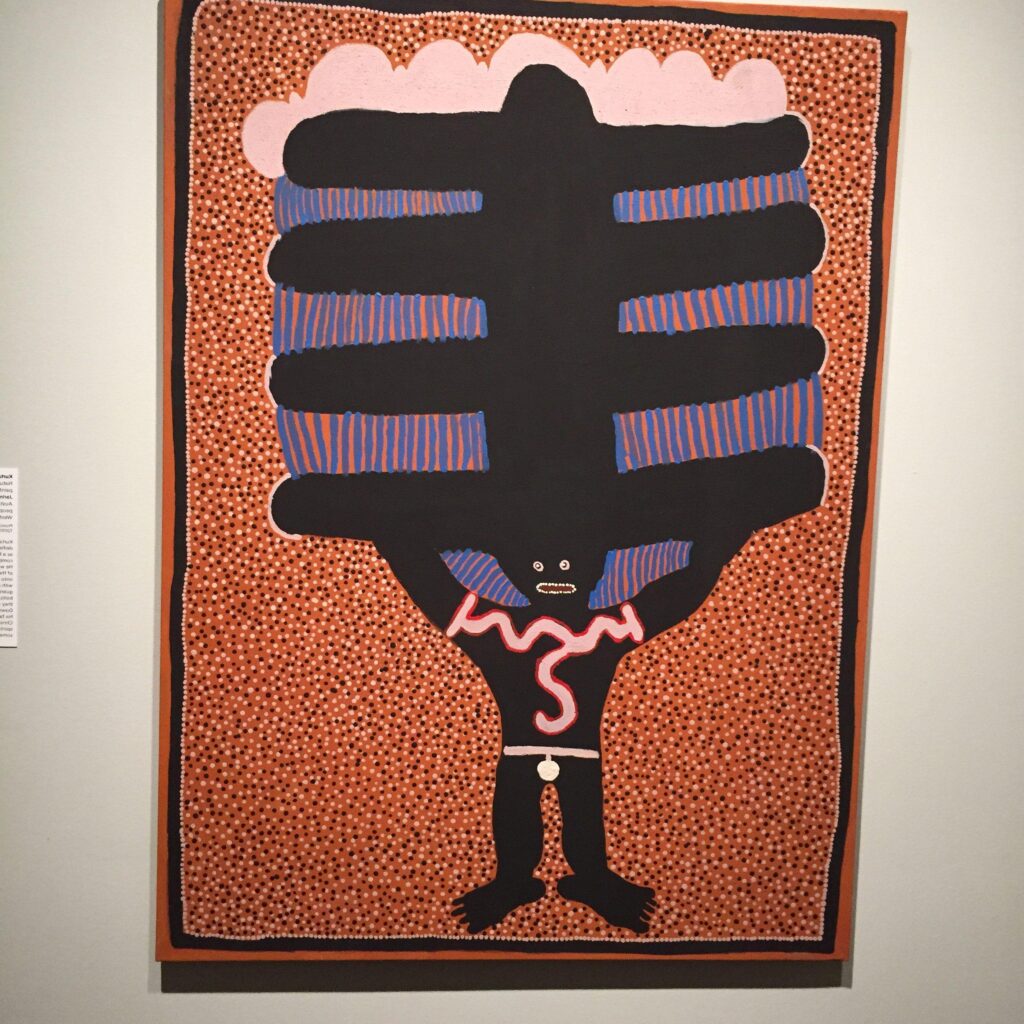How to Fuel a Donor Journey that Yields Major Gifts
 The major gift journey is a synergistic one. You see, it’s both your journey and your donor’s journey.
The major gift journey is a synergistic one. You see, it’s both your journey and your donor’s journey.
If you want to follow along the most direct pathway to sustainable philanthropy, you’ll want to consider the two-fold nature of the expeditious endeavor known as major gift fundraising. Or, as I prefer to call it, passionate philanthropy.
First understand the pathway to passionate philanthropy is not just about the money; it’s every bit as much about the experience.
Strive to become your donor’s favorite philanthropic journey guide.
If you do your job as guide well, they’ll find meaning, purpose and happiness being engaged with you.
- Make the experience a joyful one, and your fellow traveler will become your donor.
- Continue to make the experience joyful, and they’ll continue to travel the road with you by renewing and upgrading their support.
Major gift fundraisers, essentially, are in the happiness delivery business.
That’s right! It’s both (1) a business, and (2) a donor journey toward joy. You’ve got to treat it like a business if you want to make money. That means clarifying goals, setting specific objectives, planning strategies and tactics, and holding yourself accountable. Otherwise you’re just occasionally taking folks along for a stroll, without being thoughtful about what’s in it for both of you. And if you haven’t concretized what the benefits are, it’s hard to deliver on them!
Let’s take a look at the 6 steps you must take to build and sustain a winning major gifts program.


 When you’re not aware you’re making a mistake, it’s hard to avoid it.
When you’re not aware you’re making a mistake, it’s hard to avoid it.
 Today I want to talk about the heart of successful major gift fundraising.
Today I want to talk about the heart of successful major gift fundraising.







